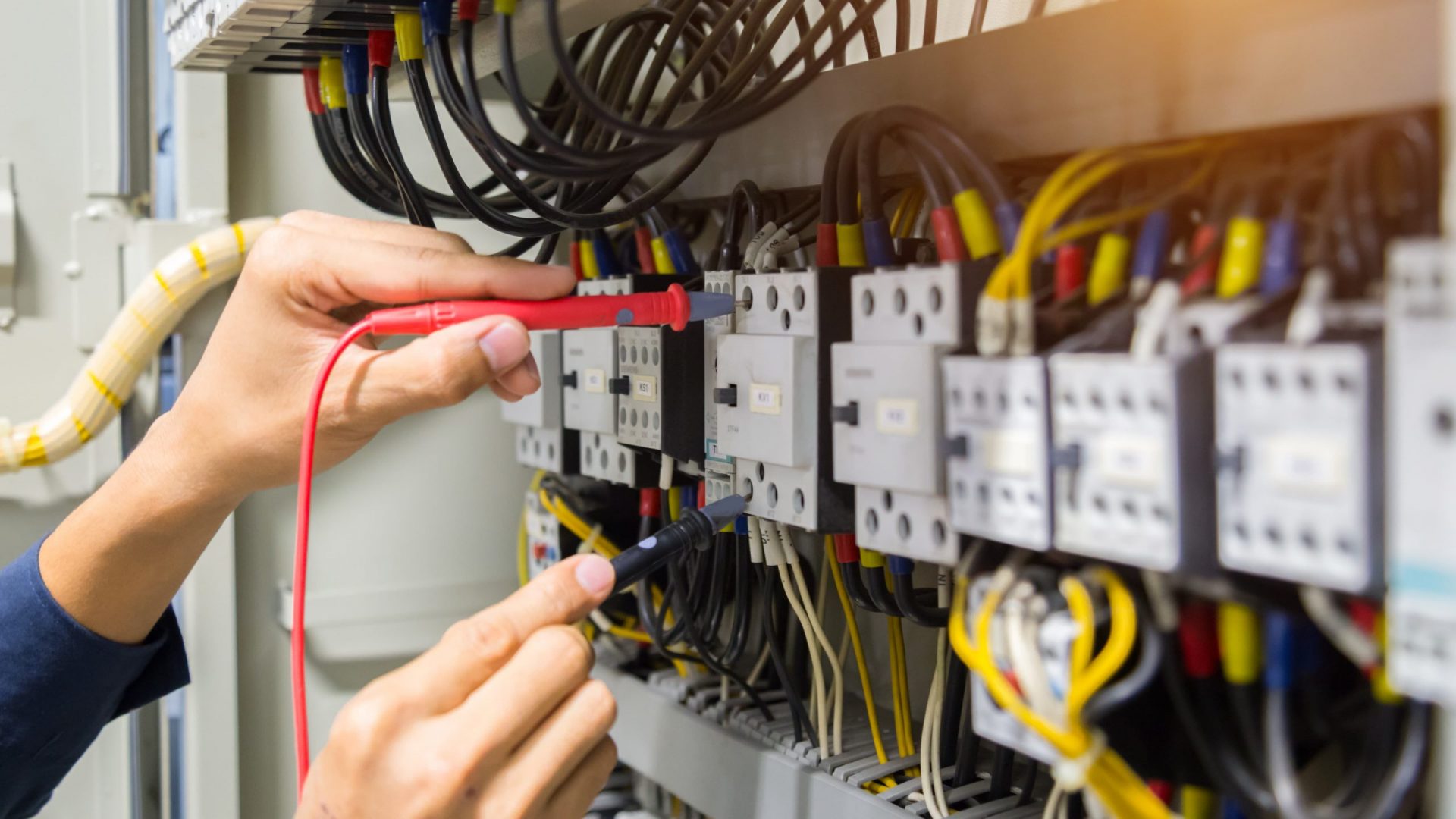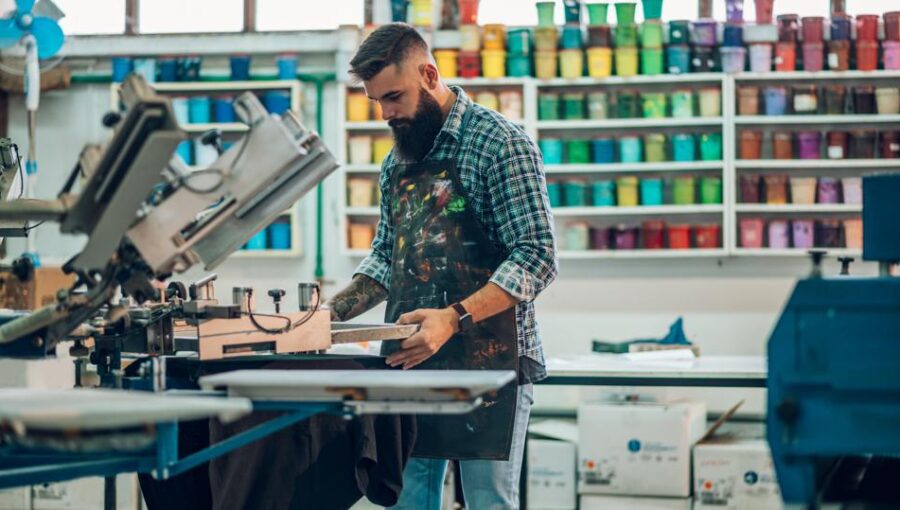Scuba diving is a fascinating activity that allows humans to explore the underwater world, experience unique marine life, and discover hidden treasures. The history of scuba diving is a rich and complex one, filled with innovators, adventurers, and pioneers who contributed to the development of the equipment and techniques that we use today. In this article, we will explore the history of scuba diving, from its earliest beginnings to modern-day technology.
Early Innovations in Scuba Diving
The idea of breathing underwater dates back to ancient times. In the 4th century BC, Aristotle observed that divers used a hollow reed to breathe while submerged. Later, during the Renaissance, Leonardo da Vinci designed a breathing device consisting of a leather bag connected to a tube. However, it wasn’t until the 18th century that the first successful diving bell was created. These early diving bells were used to explore the depths of the ocean, but they were not portable and did not allow divers to move freely underwater.
The first scuba-like device was developed in the early 19th century by a Frenchman named Sieur Freminet. He created a wooden barrel that could be worn on the back and was equipped with a hose that supplied air from the surface. However, it was not until the mid-20th century that scuba diving became widely popular and accessible to the general public.
Modern-Day Scuba Diving Equipment and Techniques
Modern-day scuba diving equipment and techniques have come a long way since the early innovations. Today, scuba divers use a combination of a buoyancy control device (BCD), a regulator, a tank, and a weight system. The BCD allows divers to control their buoyancy, while the regulator supplies air from the tank to the diver’s mouth. The weight system helps divers maintain neutral buoyancy, allowing them to move easily through the water.
In addition to the equipment, scuba divers today also use a variety of techniques to ensure safety and maximize their underwater experience. One such technique is the buddy system, where divers are paired up and responsible for each other’s safety during the dive. Another important technique is dive planning, which involves calculating the length of the dive, the depth, and the amount of air needed.
Scuba Diving Certification and Training
To become a certified scuba diver, individuals must undergo training and certification from a reputable scuba diving agency such as PADI, NAUI, or SSI. These agencies provide a standardized training program that includes both theoretical and practical components. The theoretical component includes learning about the physics of diving, the equipment used, and the risks involved. The practical component includes learning how to use the equipment and performing dives in a controlled environment.
The certification process involves completing a series of open-water dives, where the individual demonstrates their ability to use the equipment, perform safety procedures, and navigate underwater. Once certified, individuals can then dive at a variety of locations around the world, from coral reefs in the Caribbean to shipwrecks in the Mediterranean.
Conclusion
The history of scuba diving is a fascinating one, filled with stories of adventurers and pioneers who pushed the limits of human exploration. From early innovations like the diving bell to modern-day scuba equipment and techniques, the world of scuba diving has come a long way. Today, scuba diving is a popular recreational activity enjoyed by people all over the world. Whether you’re an experienced diver or just starting out, there is always more to learn and discover in the underwater world.
Read more: For more information please visit our website prospector-utah.com




